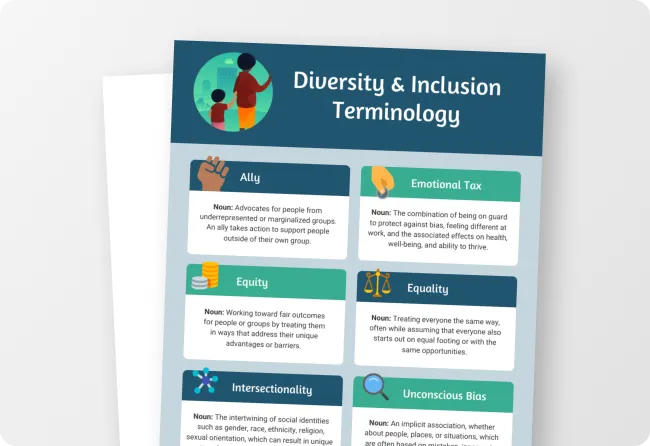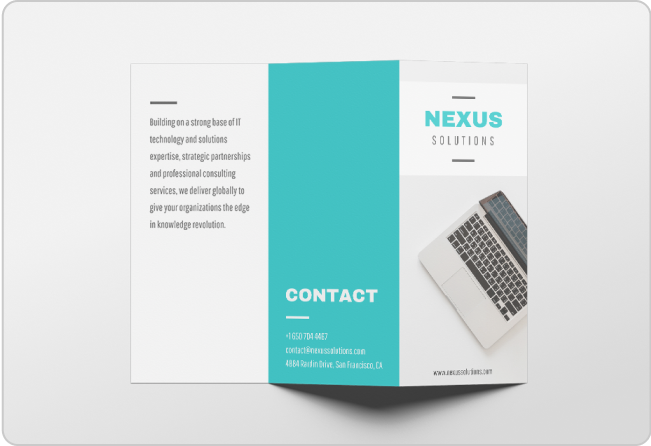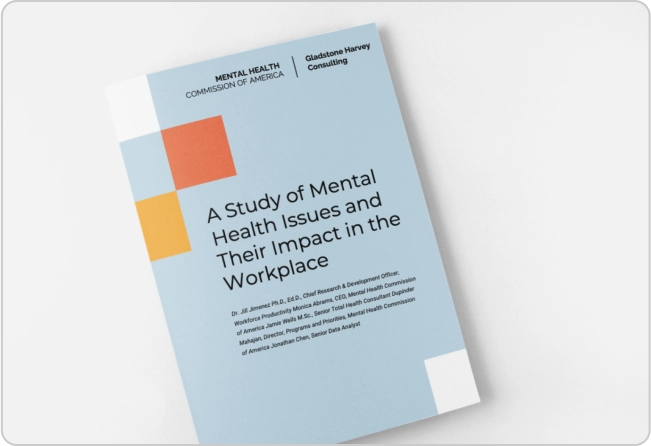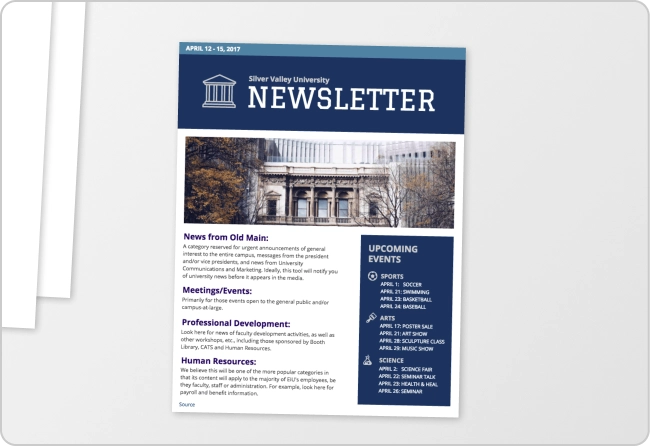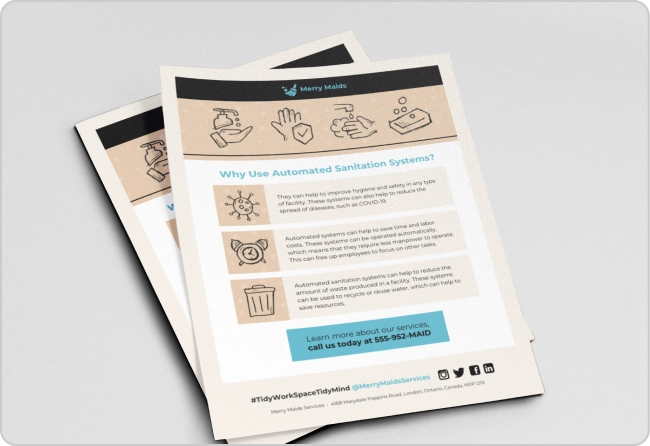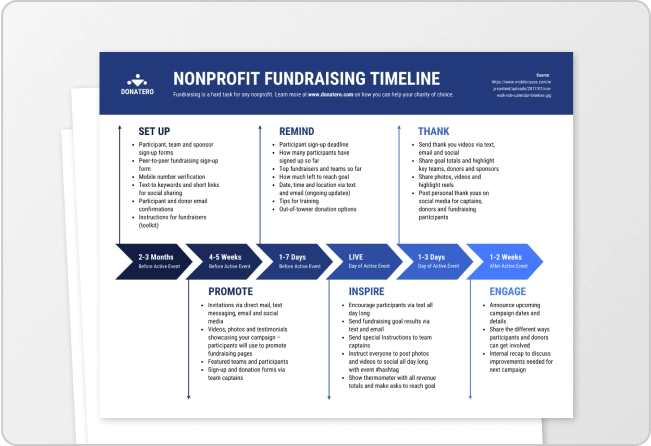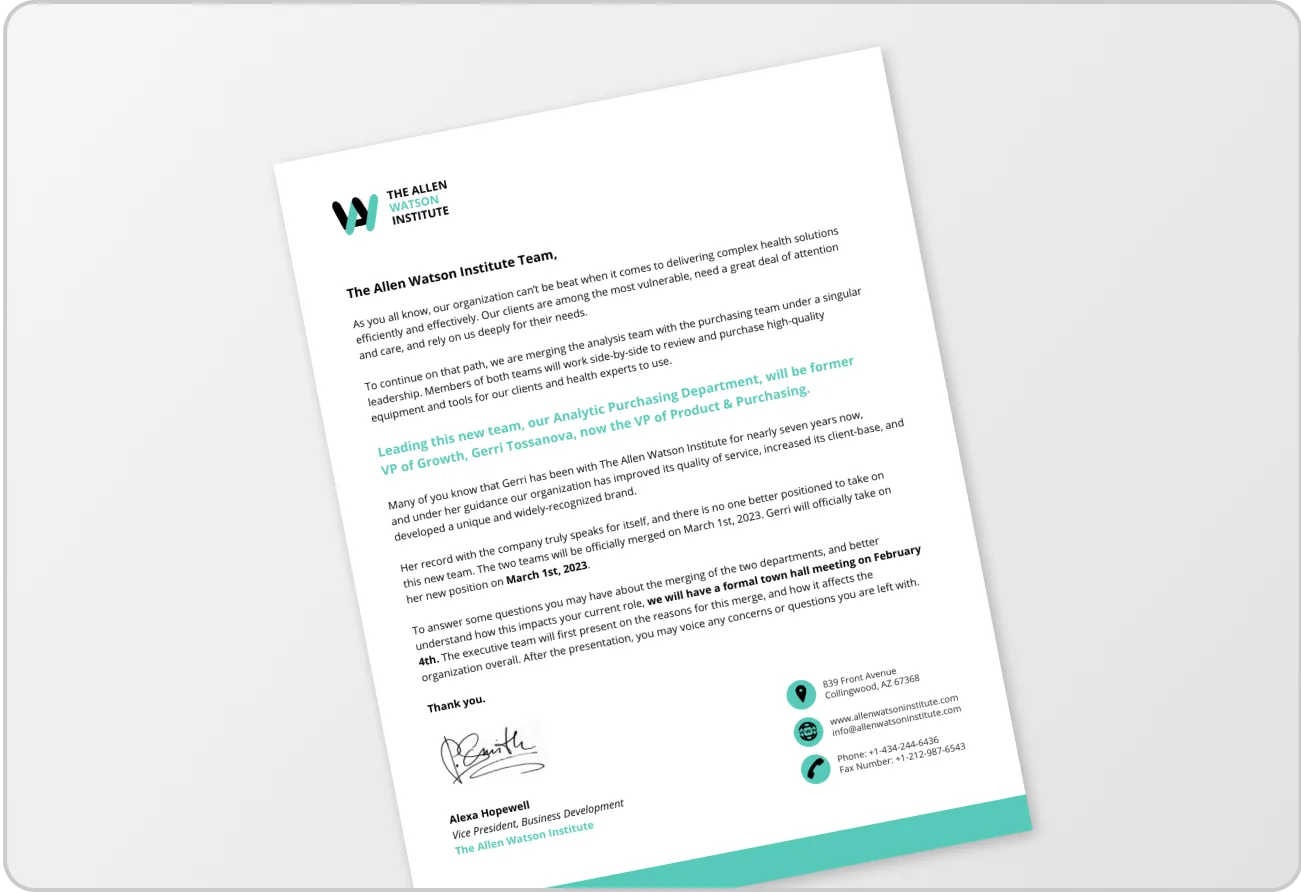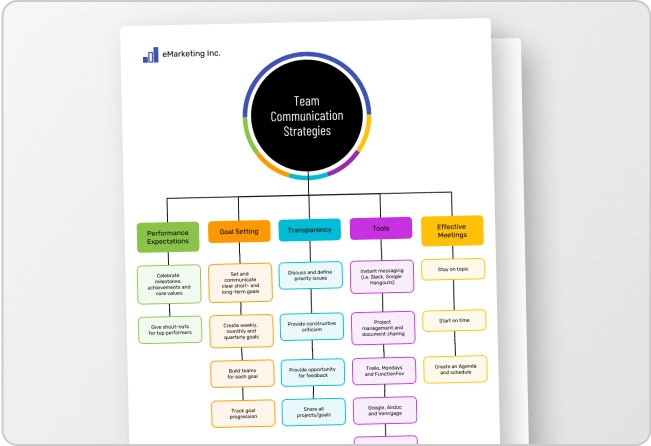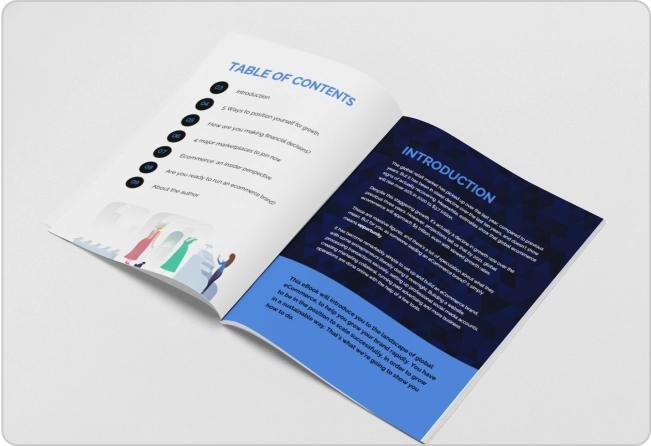
A research proposal is a structured outline for a planned study on a specific topic. It serves as a roadmap, guiding researchers through the process of converting their research idea into a feasible project.
The aim of a research proposal is multifold: it articulates the research problem, establishes a theoretical framework, outlines the research methodology and highlights the potential significance of the study. Importantly, it’s a critical tool for scholars seeking grant funding or approval for their research projects.
Crafting a good research proposal requires not only understanding your research topic and methodological approaches but also the ability to present your ideas clearly and persuasively. Explore Venngage’s Proposal Maker and Research Proposals Templates to begin your journey in writing a compelling research proposal.
What is a research proposal?
A research proposal is a detailed plan outlining a proposed research project. It serves as a roadmap, explaining the research question, the methods for conducting the research, and the expected outcomes.
The goal is to convince others—whether academic committees, funding bodies, or institutions—that the research is valuable, feasible, and well-planned.
What is the structure of a research proposal?
While specific requirements may vary, a standard research proposal typically includes the following elements:
- Title Page: Must include the title of your research proposal, your name and affiliations. The title should be concise and descriptive of your proposed research.
- Abstract: A brief summary of your proposal, usually not exceeding 250 words. It should highlight the research question, methodology and the potential impact of the study.
- Introduction: Introduces your research question or problem, explains its significance, and states the objectives of your study.
- Literature review: Here, you contextualize your research within existing scholarship, demonstrating your knowledge of the field and how your research will contribute to it.
- Methodology: Outline your research methods, including how you will collect and analyze data. This section should be detailed enough to show the feasibility and thoughtfulness of your approach.
- Timeline: Provide an estimated schedule for your research, breaking down the process into stages with a realistic timeline for each.
- Budget (if applicable): If your research requires funding, include a detailed budget outlining expected cost.
- References/Bibliography: List all sources referenced in your proposal in a consistent citation style.
How to write a research proposal: 11 key steps
Writing a research proposal template in structured steps ensures a comprehensive and coherent presentation of your research project. Let’s look at the explanation for each of the steps here:
- Step 1: Title and Abstract
- Step 2: Introduction
- Step 3: Research objectives
- Step 4: Literature review
- Step 5: Methodology
- Step 6: Timeline
- Step 7: Resources
- Step 8: Ethical considerations
- Step 9: Expected outcomes and significance
- Step 10: References
- Step 11: Appendices
Step 1: Title and Abstract
Select a concise, descriptive title and write an abstract summarizing your research question, objectives, methodology and expected outcomes. The abstract should include your research question, the objectives you aim to achieve, the methodology you plan to employ and the anticipated outcomes.
Step 2: Introduction
In this section, introduce the topic of your research, emphasizing its significance and relevance to the field. Articulate the research problem or question in clear terms and provide background context, which should include an overview of previous research in the field. If you are short on time, it’s helpful to refer to strategies on how to write an essay fast to ensure that you can quickly organize your thoughts and present your research effectively without sacrificing quality.
Step 3: Research objectives
Here, you’ll need to outline specific, clear and achievable objectives that align with your research problem. These objectives should be well-defined, focused and measurable, serving as the guiding pillars for your study. They help in establishing what you intend to accomplish through your research and provide a clear direction for your investigation.
Step 4: Literature review
In this part, conduct a thorough review of existing literature related to your research topic. This involves a detailed summary of key findings and major contributions from previous research. While summarizing, you should present information in your own words to maintain originality and clarity. Furthermore, an AI reworder can refine your writing by simplifying complex ideas while preserving their original meaning
Identify existing gaps in the literature and articulate how your research aims to fill these gaps. The literature review not only shows your grasp of the subject matter but also how your research will contribute new insights or perspectives to the field.
Step 5: Methodology
Describe the design of your research and the methodologies you will employ. This should include detailed information on data collection methods, instruments to be used and analysis techniques. Justify the appropriateness of these methods for your research.
Step 6: Timeline
Construct a detailed timeline that maps out the major milestones and activities of your research project. Break the entire research process into smaller, manageable tasks and assign realistic time frames to each. This timeline should cover everything from the initial research phase to the final submission, including periods for data collection, analysis and report writing.
It helps in ensuring your project stays on track and demonstrates to reviewers that you have a well-thought-out plan for completing your research efficiently.
Step 7: Resources
Identify all the resources that will be required for your research, such as specific databases, laboratory equipment, software or funding. Provide details on how these resources will be accessed or acquired.
If your research requires funding, explain how it will be utilized effectively to support various aspects of the project.
Step 8: Ethical considerations
Address any ethical issues that may arise during your research. This is particularly important for research involving human subjects. Describe the measures you will take to ensure ethical standards are maintained, such as obtaining informed consent, ensuring participant privacy, and adhering to data protection regulations.
Here, in this section you should reassure reviewers that you are committed to conducting your research responsibly and ethically.
Step 9: Expected outcomes and significance
Articulate the expected outcomes or results of your research. Explain the potential impact and significance of these outcomes, whether in advancing academic knowledge, influencing policy or addressing specific societal or practical issues.
Step 10: References
Compile a comprehensive list of all the references cited in your proposal. Adhere to a consistent citation style (like APA or MLA) throughout your document. The reference section not only gives credit to the original authors of your sourced information but also strengthens the credibility of your proposal.
Step 11: Appendices
Include additional supporting materials that are pertinent to your research proposal. This can be survey questionnaires, interview guides, detailed data analysis plans or any supplementary information that supports the main text.
Appendices provide further depth to your proposal, showcasing the thoroughness of your preparation.
If your research project needs external funding, this guide on grant proposals can help you craft a strong application.
Research proposal FAQs
How long should a research proposal be?
The length of a research proposal generally ranges from 3 to 5 pages, though it can be longer for grant applications. Always follow the specific guidelines provided by your institution or funding body.
What citation style should I use (APA, MLA, etc.)?
Use the citation style recommended by your academic discipline or the guidelines provided. Common styles include APA for social sciences, MLA for humanities, and Chicago for history.
What’s the difference between a thesis and a research proposal?
A research proposal outlines the plan for your research, including objectives and methodology, to gain approval or funding. A thesis is the final document presenting the completed research findings.
Do I need a hypothesis in my proposal?
A hypothesis is necessary for experimental research, as it predicts the outcome. For exploratory or qualitative studies, you may not need a hypothesis but should still define clear research questions.
Should I include a budget or timeline?
Yes, including a budget is crucial for projects requiring funding, and a timeline ensures the research is well-structured and feasible. Both enhance the proposal’s credibility and clarity.
Final tips for success
Mastering how to write a research proposal is an essential skill for any scholar, whether in social and behavioral sciences, academic writing or any field requiring scholarly research. From this article, you have learned key components, from the literature review to the research design, helping you develop a persuasive and well-structured proposal.
Remember, a good research proposal not only highlights your proposed research and methodology but also demonstrates its relevance and potential impact.
For additional support, consider utilizing Venngage’s Proposal Maker and Research Proposals Templates, valuable tools in crafting a compelling proposal that stands out.
Whether it’s for grant funding, a research paper or a dissertation proposal, these resources can assist in transforming your research idea into a successful submission.






























